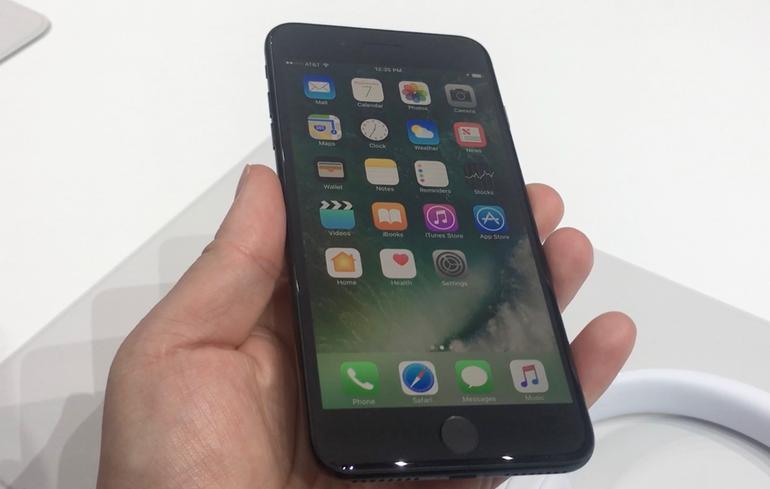
New DisplayMate testing proves that Apple’s iPhone 7 and 7 Plus have the best LCDs it has ever tested.
Samsung continues to dominate the OLED smartphone market with the best smartphone display ever on the Note 7. LCDs are another display technology used for smartphones, and this year DisplayMate testing proves that Apple’s iPhone 7 and 7 Plus have the best LCDs it has ever tested.
The Apple iPhone 7 and 7 Plus have the same display size and resolution as we have seen on these two models for years. Prior to reading these test results, since I do not yet have my iPhone 7 Plus, I didn’t give much thought to the display since it appeared to be the same as before. I was actually a bit disappointed given what we see with Samsung on devices like the Galaxy S7 and Note 7.
It turns out that the new iPhone 7 and 7 Plus displays seriously impressed Dr. Ray Soneira. He notes the following enhancements and improvements with details of each covered in full in his article:
- The iPhone 7 has two standard color gamuts, the new DCI-P3 Wide Color Gamut that is used in 4K UHD TVs and Digital Cinema, and also the traditional smaller sRGB / Rec.709 Color Gamut that is used for producing most existing consumer content for digital cameras, TVs, the internet, and computers, including photos, videos, and movies. What’s more, on the iPhone 7 both color gamuts have been implemented with Absolute Color Accuracy that is visually indistinguishable from perfect. That’s impressive… Plus, only three manufacturers currently have the wider DCI-P3 color gamut on their smartphones or tablets, so it is a major competitive advantage.
- The iPhone 7 produces up to an impressive peak brightness of 705 nits when Automatic Brightness is turned on in high ambient light, where high brightness is really needed.
- The iPhone 7 has a record high contrast ratio for IPS LCD displays.
- The iPhone 7 has a record low screen reflectance for smartphones.
The Apple iPhone 7 set eight new records for smartphone display performance so buyers can be rest assured it’s not just the same old iPhone display.
There are rumors that Apple will move to OLED screen technology in 2017. Dr. Soneira pointed out that OLEDs have many advantages over LCD, including being much thinner and lighter with a much smaller bezel, providing a near rimless design, and they can be made flexible and into curved screens. Plus, they have a very fast response time, better viewing angles, and an always-on display mode. OLED screens are also more power efficient.
Given Apple’s focus on a great display experience, I think we can expect an amazing OLED display experience from future OLED iPhones.


